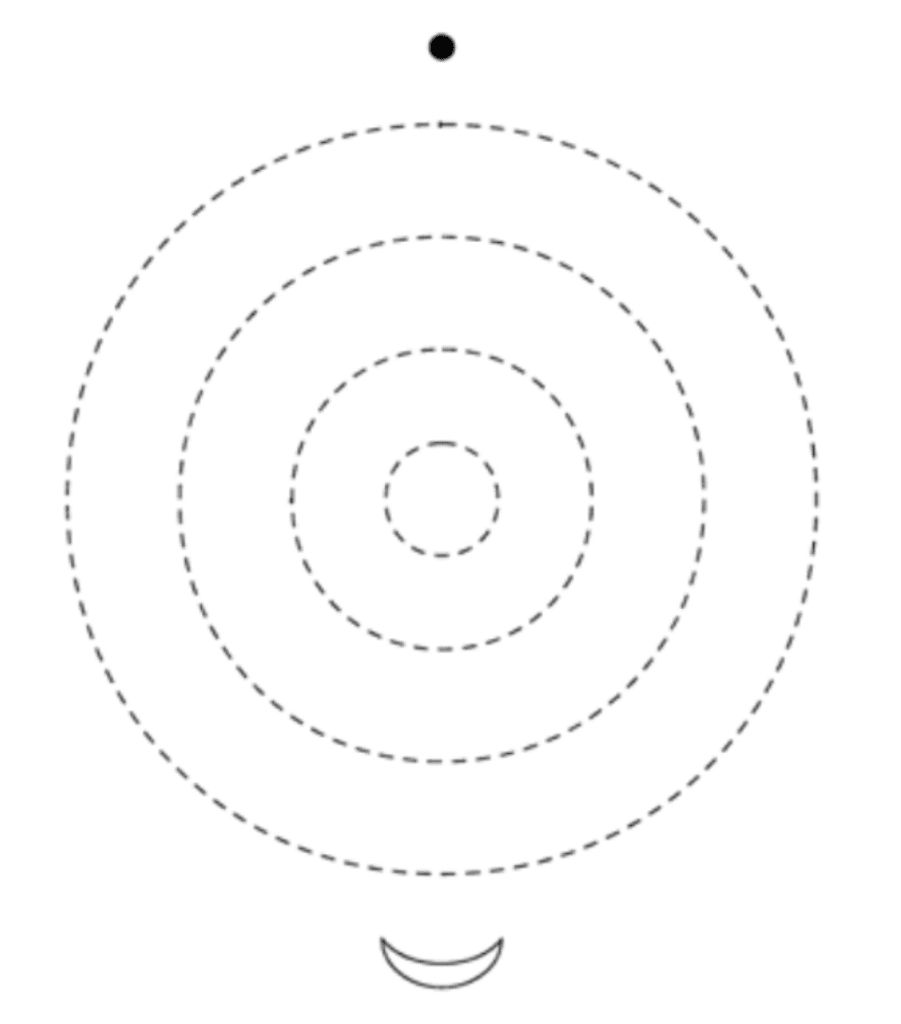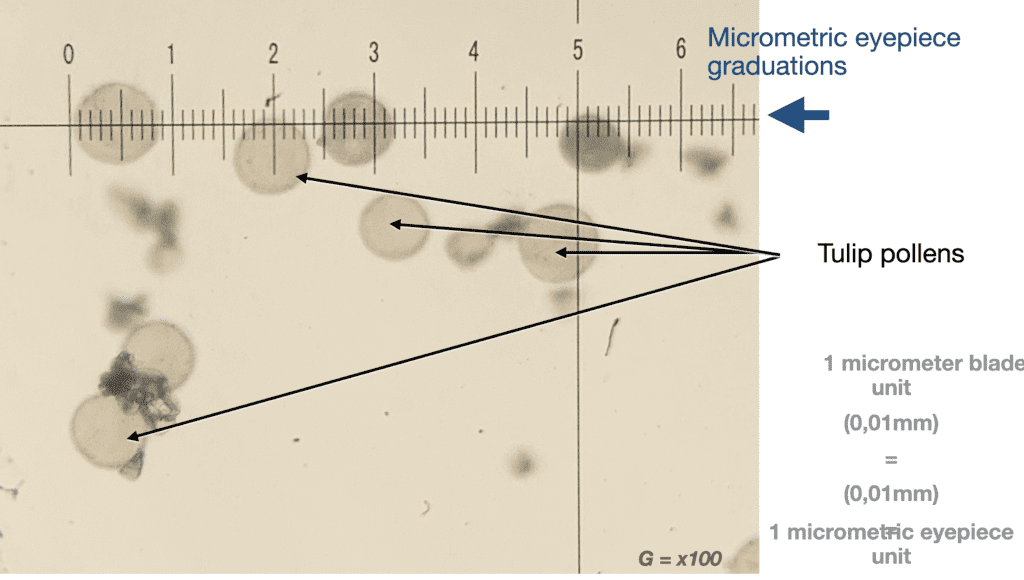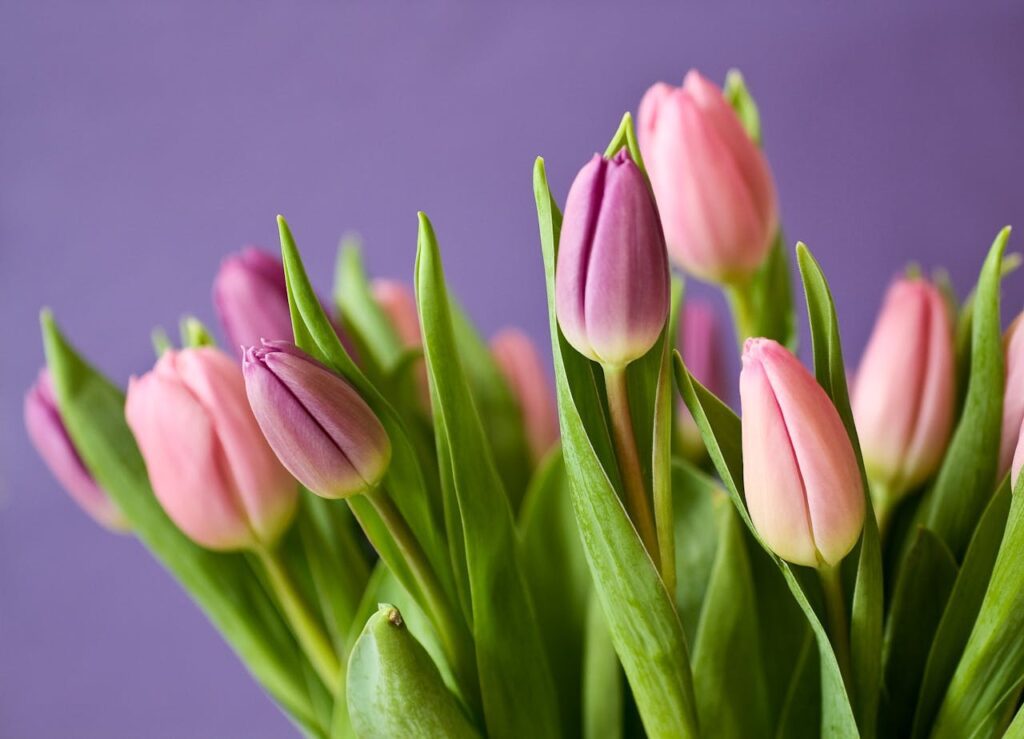Lab activity: The flower dissection
A- flower dissection
MATERIALS:
- • dissecting needle
- • dissecting knife
- • Tulip
INSTRUCTIONS:
- Study the following diagram of a flower. Use your understanding of the outer structures of a flower to add the following labels: petal, sepal, receptacle and peduncle. Once we have done the dissection, we will come back to label the inner structures.

- get a tulip to dissect.
- First remove the outer sepals.
- Then remove the petals. You have now exposed the ovary.
- Identify the male and female structures. Label these on the diagram above.
- Using your dissecting knife or scalpel, cut the ovary in half.
- Use the dissecting needle to carefully open up the ovary. See if you can identify the ovules.
- Label the ovary and ovule on the above diagram.
Complete the following flowering diagram

B- Pollen observation
Pollen from the stamen needs to be transferred to the stigma of the flower, either on the same plant or another plant of the same species. This process is called pollination. If pollination does not occur, there will be no fertilisation and the plant will not be able to produce seeds or fruit.
Generally plants produce a large amount of pollen to maximise the chances of the pollen being transferred to as many different stigmas on as many different flowers (of the same species) as possible.
With your microscope, observe the pollen of your flower and draw it or take a picture. Do you know what is its size ? How to measure it ?

To train yourself on this activity: Quiz

